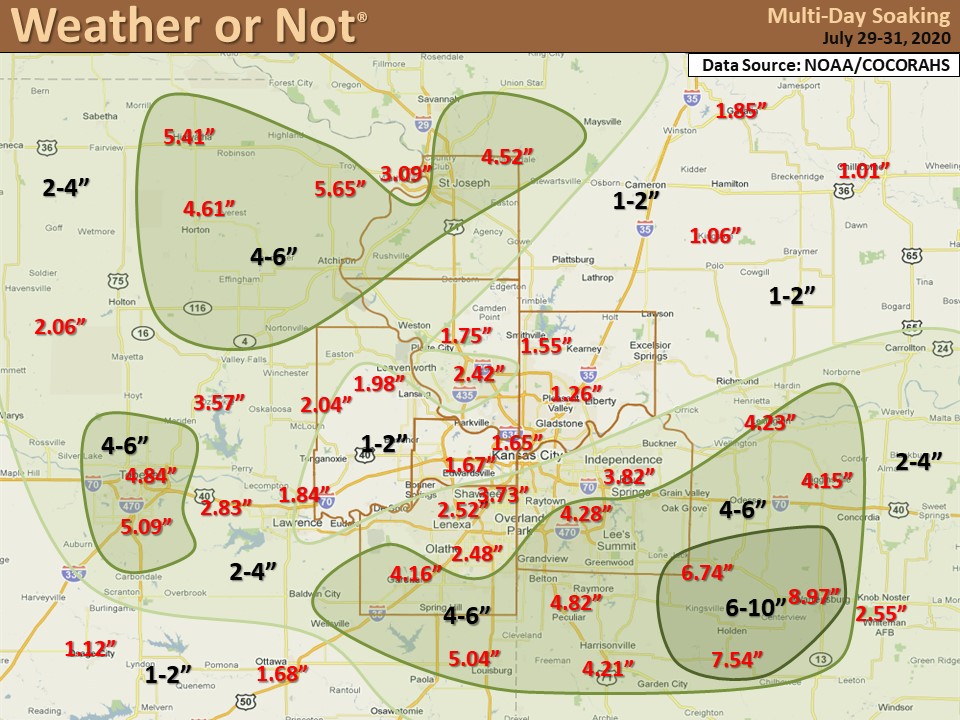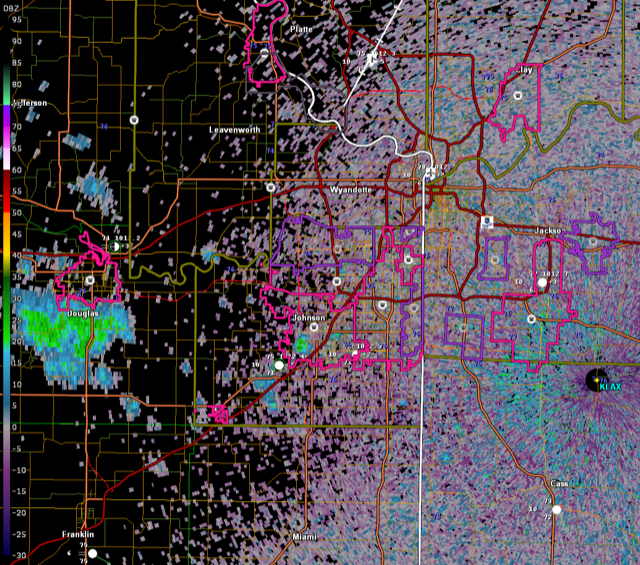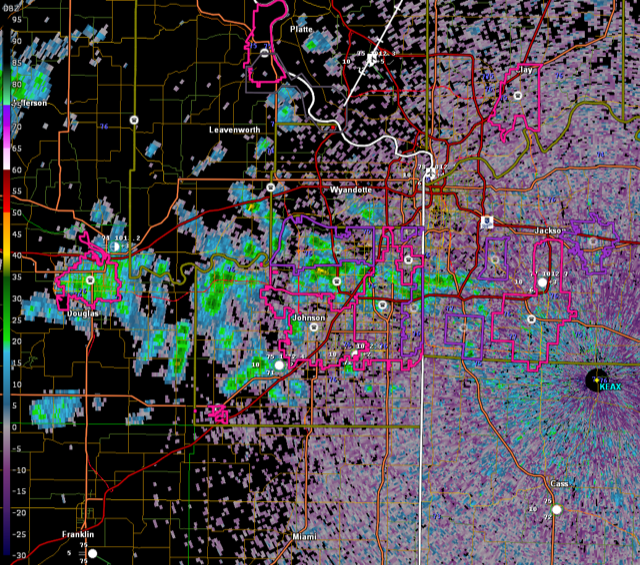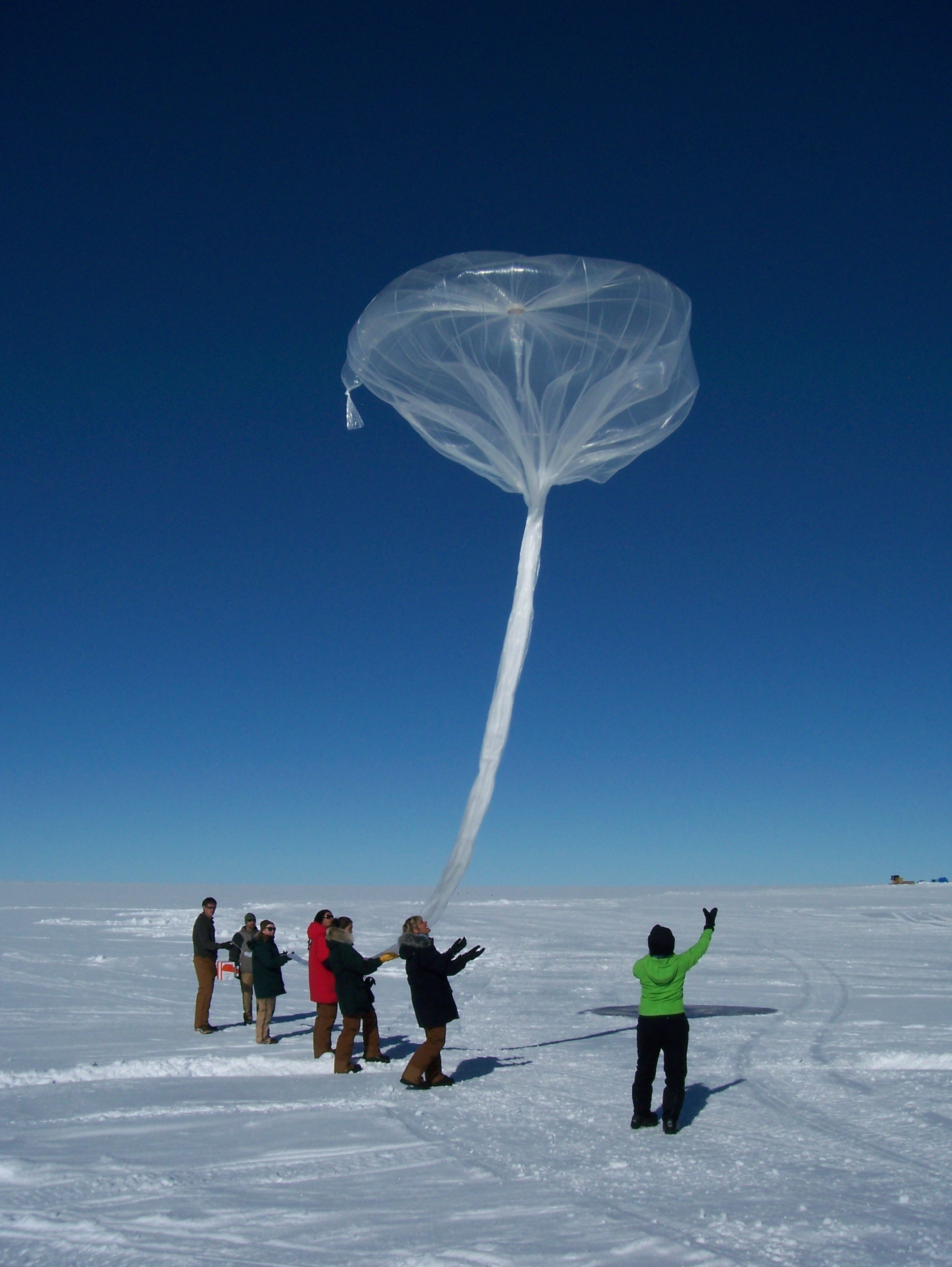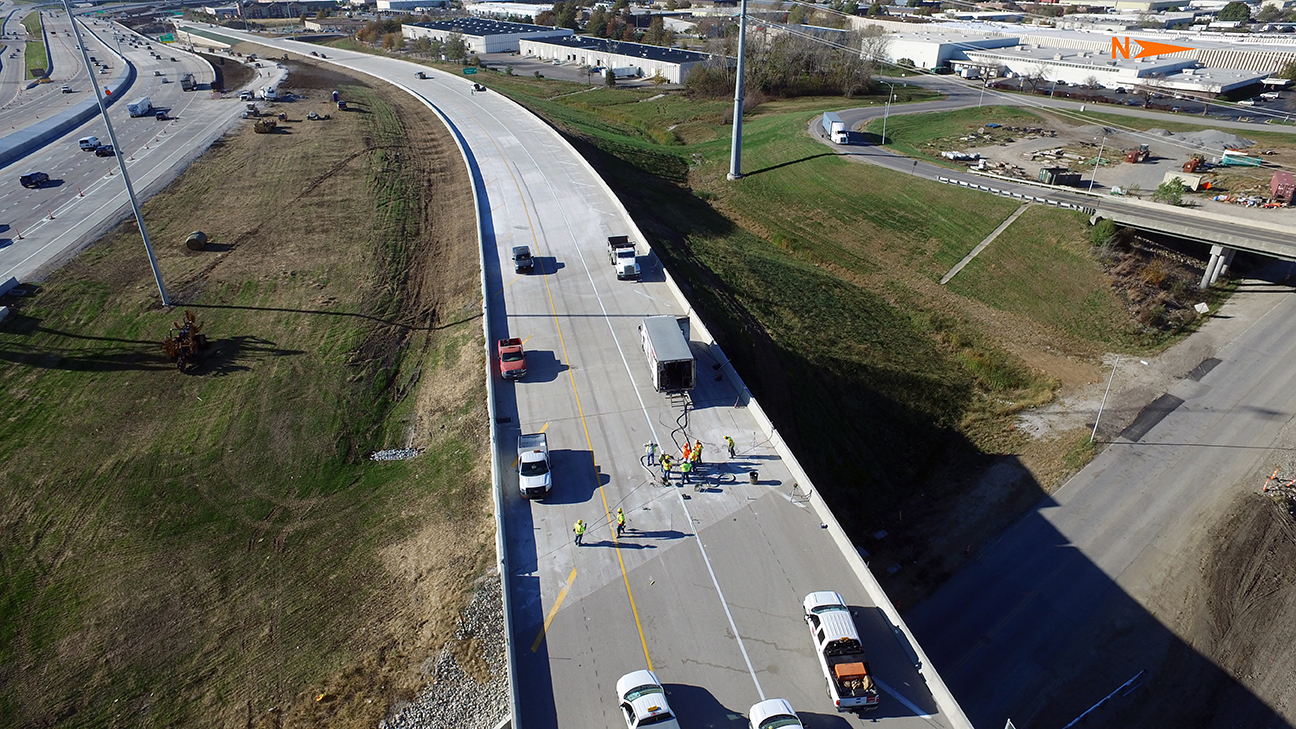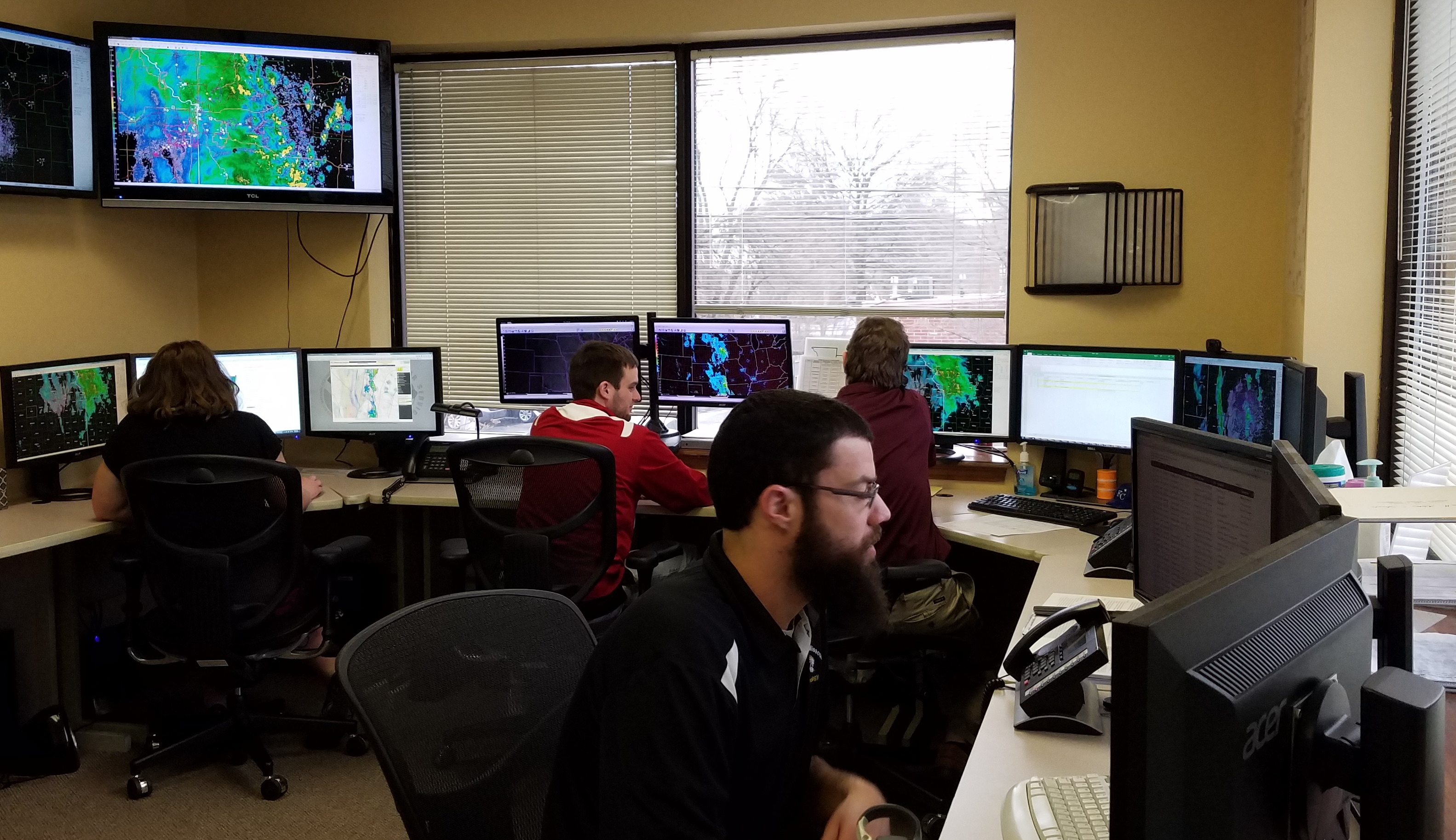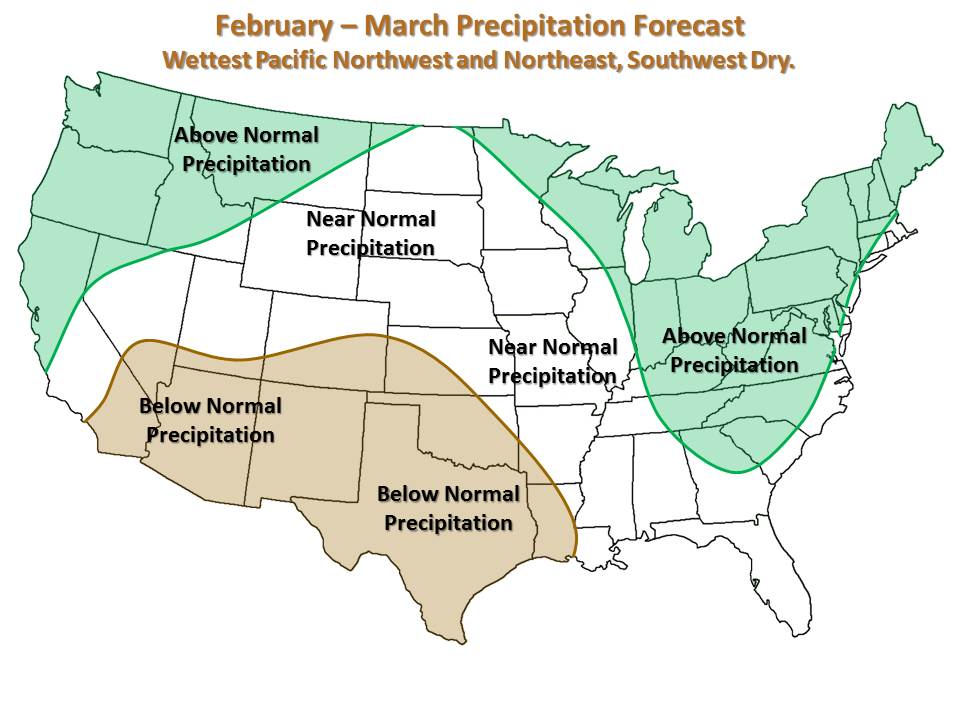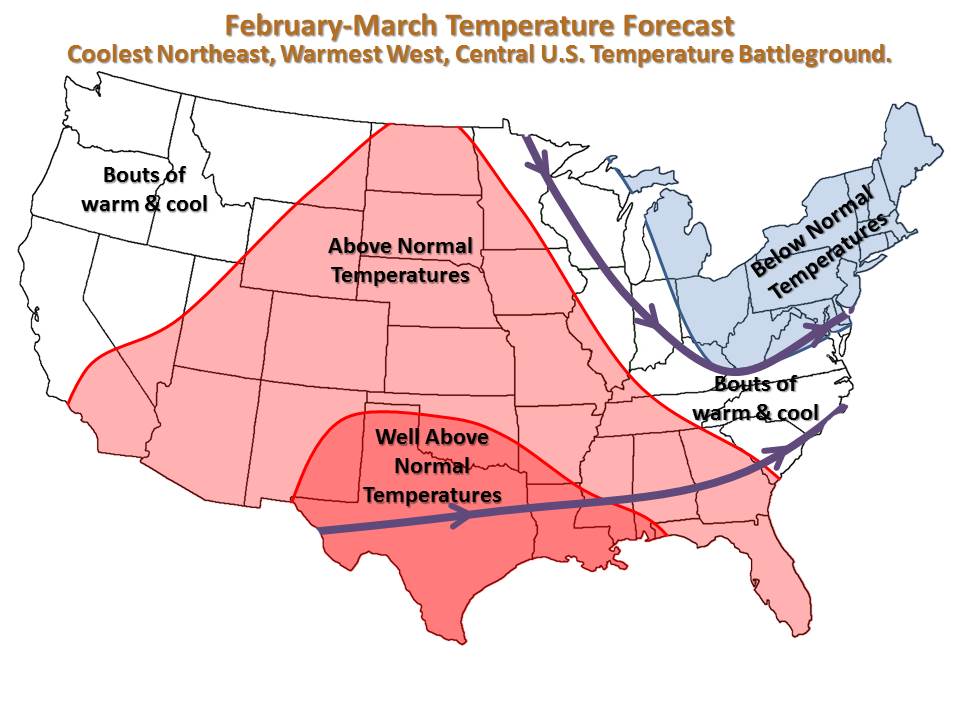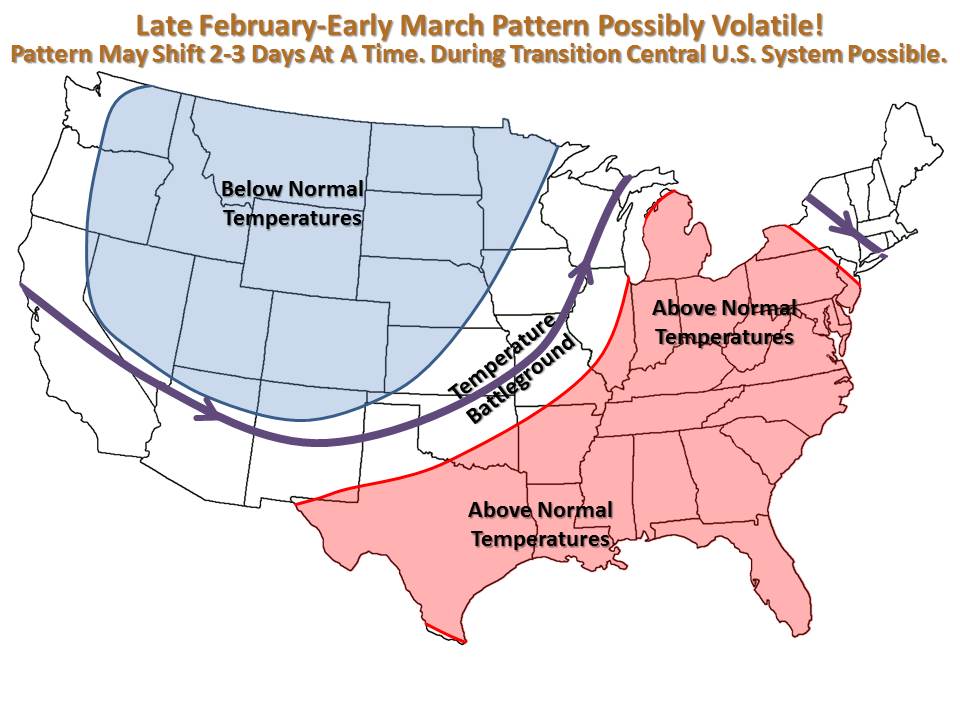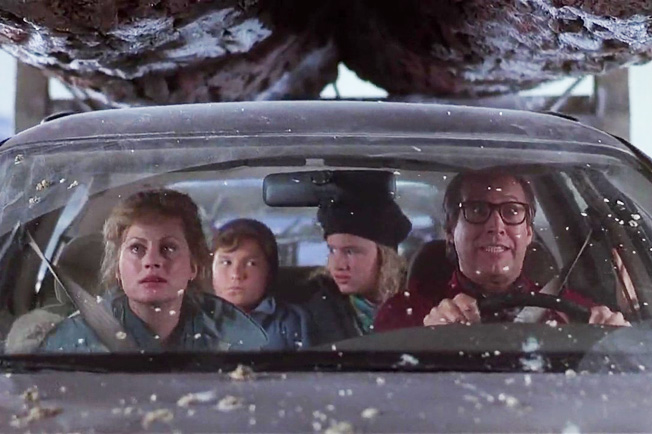April 27, 2020
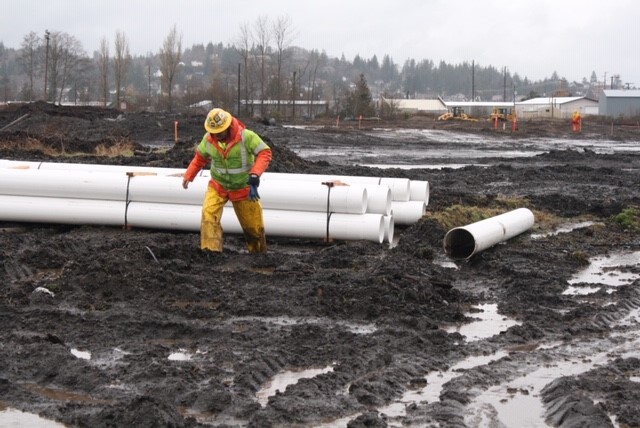 Outdoor businesses operating during the pandemic such as heavy highway construction, roofing, facilities management, ground crews and landscaping face many new challenges. Mother Nature does not care. That’s why it’s so important for businesses to review and possibly revise their timeline to action. Profitability and safety can go hand in hand.
Outdoor businesses operating during the pandemic such as heavy highway construction, roofing, facilities management, ground crews and landscaping face many new challenges. Mother Nature does not care. That’s why it’s so important for businesses to review and possibly revise their timeline to action. Profitability and safety can go hand in hand.
Growing Task List for Job Superintendents
Job superintendents have newly added critical responsibilities including social distancing, sanitizing shared equipment and smaller crews because of staggered scheduling to allow for the social distancing. They’re also in charge of operational weather decisions. That can be a key factor in whether they start up in the morning, schedule for half a day’s work or shut down after certain tasks are completed.
Weather is Not Top of Mind
Profitable outdoor work has always involved a lot of juggling such as managing crews, equipment readiness, available materials at the right time and the ever-popular inspector. Add in the Covid-19 requirements and it’s easy to see how incoming weather can wreak havoc.
3 Easy Solutions to Implement Today
Have the Conversation
Talk to your meteorologist about how specific weather threats cause you to start up, shut down or go for half a day. Tell hem how much lead time your crew will need to wrap up safely and how that will affect the schedule for the rest of that week or that project.
Make Certain Project List is Current
At Weather or Not, every clients’ project location, superintendent and phone number are pinned on our radars. When our meteorologists look at radar, they don’t see rain showers popping up, they see that Shane at Cornell Roofing is safe to continue because his crew is too far north to get hurt or they see that Earl at Superior Bowen needs to be notified that he really does only have the expected 2 more hours of dry time but not to push it because the expected rain will hit his job site at 3pm.
As construction and landscaping projects are getting into full swing, make certain that your meteorologists know exactly where you’re working, what weather you cannot take and who to contact.
Never Ask a Meteorologist What the Weather’s Going to Do
Job superintendents don’t have time to listen to a long-winded briefing on how the storm will develop in favorable moisture coming over the Rockies, blah, blah, blah. Ask a Met what the weather will do and your favorite scientist, who never met a detail they didn’t like, will tell you and tell you and tell you.
The key to great communication with your meteorologist is asking about specific weather threats at a specific location during a specific time frame then explaining how any weather coming in early will affect that job site. It should go something like: I need at least 4 hours to pour a bridge on 270 in Maryland Heights. I’d really like 8 but 4 is worth doing if you don’t see any rain heavier than a sprinkle today. We’ll start at 7.
The meteorologist side of the conversation should sound something like: You’ve easily got the 4 hours dry. You can probably even go until 2. How long will you plan for? Noon? Ok, let’s talk again at 11am and see if you can pour the rest of the day or if noon’s the best time to wrap up.
Safely and Efficiently Making Money Despite Weather and Covid-19!
Your mission hasn’t changed: bring the job in on-time and on-budget the safest and most efficient way you can. At Weather or Not, we know that being even more vigilant than even will keep our clients ahead of the storm. They have so much more to worry about these days. If you’d like our meteorologists to have your back or audit your weather procedures so you can create a more effective operation with your in-house decision making, give us a call. Process matters. We can help.
Stay Safe and Stay in Touch!



